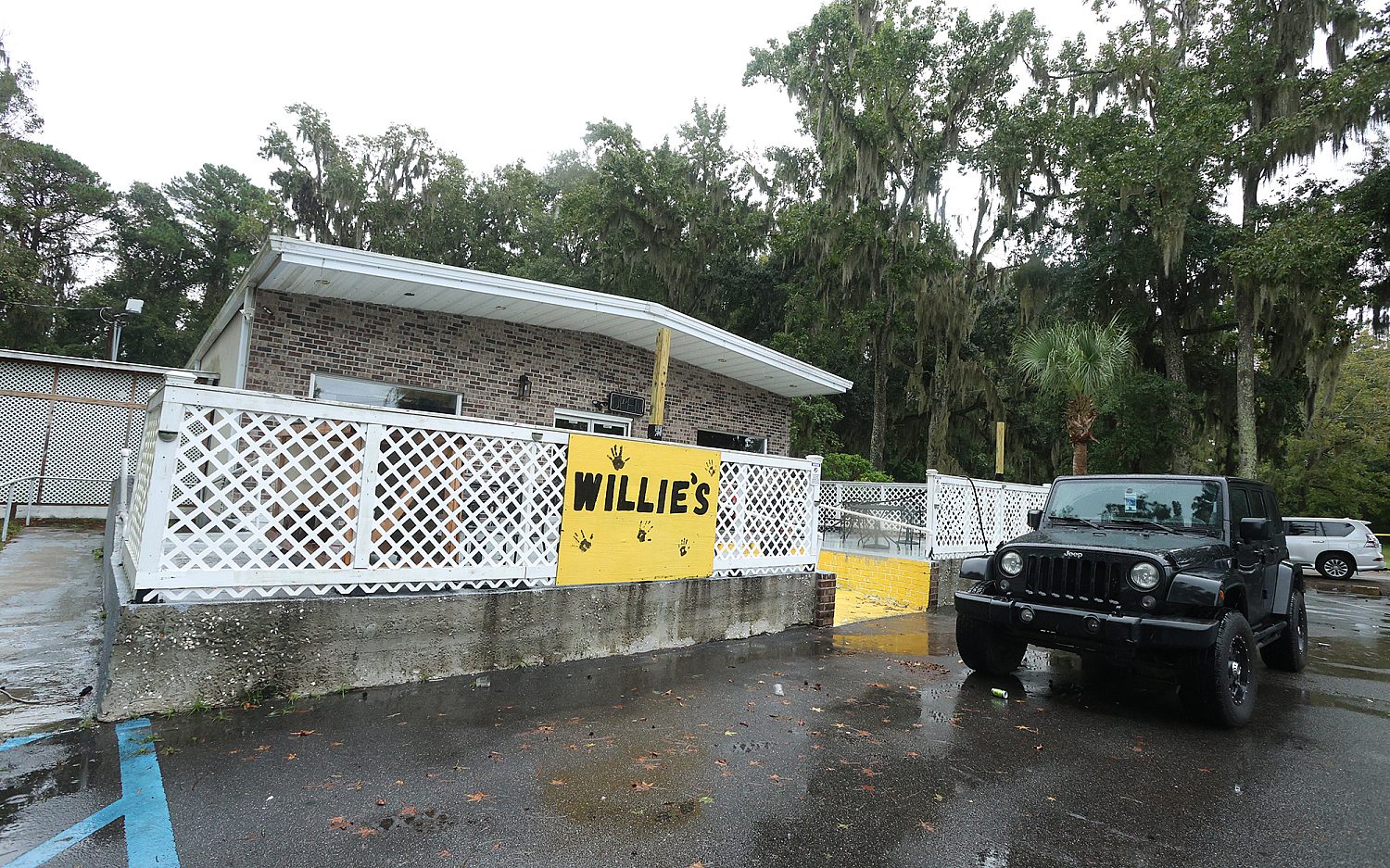Wanted: Cars that can prevent crashes
As vehicle safety technology advances, the federal government is studying how to implement these tools to decrease highway fatalities, especially as baby boomers reach retirement age.
In 2012, 33,561 Americans died from traffic-related events, 1,082 more than the year before. Emerging technology such as collision avoidance, seat belt interlocks, and driver alcohol detection systems could dramatically lower the current statistics, said David Strickland, chief of the National Highway Traffic Safety Administration (NHTSA).
“[These technologies] address the top three highway safety threats,” he said. “They have the potential to significantly decrease those deaths.”
In addition, the NHTSA announced last week a 5-year plan to deal with the “Silver Tsunami” of older drivers on the road. Currently, 34.6 million licensed drivers are older than 65. By 2020 the number will be more than 40 million, according to AAA.
While elderly drivers are safer than teens and young adults, drivers older than 85 are more likely to die from crash-related injuries. Compared to middle-aged drivers, an 85-year-old driver is 1.77 times as likely to suffer significant injury or death, and an 85-year-old front seat passenger carries 5 times the risk, said the NHTSA.
The plan would consider training for state motor-vehicle workers to screen elderly drivers when they come in for license renewal. If the index of suspicion is high enough, a more thorough evaluation might be scheduled with a qualified physician as a requirement for license renewal.
The plan also proposes a “Silver Car” rating system for vehicles according to how safe they are for seniors. One senior-safe feature is a collision mitigation system that senses a potential impact with a vehicle in front and avoids the threat by braking and locking seat belts simultaneously.
Writing for TheHill.com, John Kenney, principal researcher at California’s Toyota InfoTechnology Center, told Congress last month that the next big thing is dedicated short-range communication (DSRC) technology that “allows vehicles to communicate with each other to detect and avoid safety hazards.” Google and Stanford University are working on self-driving cars that may get here just as baby boomer drivers give up their car keys.
The advances in safety features could help other groups susceptible to car accidents. New technology can automatically prevent people who are intoxicated or not wearing a seatbelt from even starting a car.
Sleepy, mildly buzzed or distracted drivers who veer out of their lane can be instantly jarred to corrective action by a Lane-Departure Warning (LDW) system. This developing technology could soon use cameras to monitor posture, head position, and eye movement to determine if a driver is dozing or erratic and then slow the car and shake the steering wheel in warning.
The NHTSA must decide whether to change safety standards and require automakers to use new technology to protect the drivers and passengers rather than focusing on body design features and the strength of materials.
The Associated Press contributed to this report
An actual newsletter worth subscribing to instead of just a collection of links. —Adam
Sign up to receive The Sift email newsletter each weekday morning for the latest headlines from WORLD’s breaking news team.




Please wait while we load the latest comments...
Comments
Please register, subscribe, or log in to comment on this article.